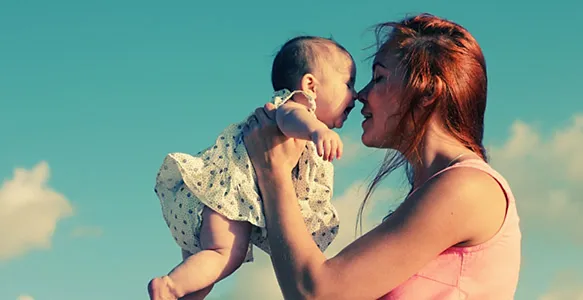![POOJA KOTHARI profile image of POOJA KOTHARI]() POOJA KOTHARIMom of a 8 yr 9 m old boy1 Year ago
POOJA KOTHARIMom of a 8 yr 9 m old boy1 Year agoA. If a two-year-old baby is experiencing loose stools and vomiting, it's essential to take prompt action to address their symptoms and ensure they receive appropriate care. Here's what you can do:
### 1. Monitor the Symptoms:
1. **Frequency:** Keep track of how often the baby is vomiting and the consistency of their stools.
2. **Other Symptoms:** Note any additional symptoms such as fever, abdominal pain, lethargy, or dehydration signs.
### 2. Provide Fluids:
1. **Oral Rehydration Solution (ORS):** Offer small, frequent sips of ORS to help replace lost fluids and electrolytes.
2. **Clear Fluids:** Offer clear liquids such as water, diluted fruit juice, or broth to prevent dehydration.
### 3. Rest and Comfort:
1. **Rest:** Ensure the baby gets plenty of rest in a comfortable environment.
2. **Comfort Measures:** Provide comfort and reassurance to help ease discomfort and stress.
### 4. Diet:
1. **BRAT Diet:** Consider offering bland, easy-to-digest foods such as bananas, rice, applesauce, and toast once vomiting subsides and the baby's appetite returns.
2. **Avoid Certain Foods:** Temporarily avoid fatty, spicy, or dairy-rich foods that may exacerbate gastrointestinal symptoms.
### 5. Medical Attention:
1. **Consult a Pediatrician:** If the symptoms persist, worsen, or if the baby shows signs of dehydration (e.g., dry mouth, decreased urination, lethargy), seek medical attention promptly.
2. **Dehydration:** In cases of severe dehydration or persistent vomiting, the baby may require intravenous fluids and medical intervention.
### 6. Hygiene:
1. **Hand Hygiene:** Practice good hand hygiene by washing your hands thoroughly after handling the baby, changing diapers, or using the bathroom to prevent the spread of infection.
2. **Clean Environment:** Keep the baby's environment clean and sanitized to minimize the risk of contamination.
### 7. Follow-Up:
1. **Monitor:** Continue to monitor the baby's symptoms closely and follow any instructions provided by the pediatrician.
2. **Follow-Up Visit:** Schedule a follow-up visit with the pediatrician if necessary to ensure the baby's recovery and address any lingering concerns.
### Note:
- If the baby is experiencing severe symptoms such as persistent vomiting, bloody stools, high fever, or signs of dehydration, seek immediate medical attention.
- Do not hesitate to contact a healthcare provider if you have any concerns about the baby's health and well-being.





.svg)
.svg)
.png)


Post Answer